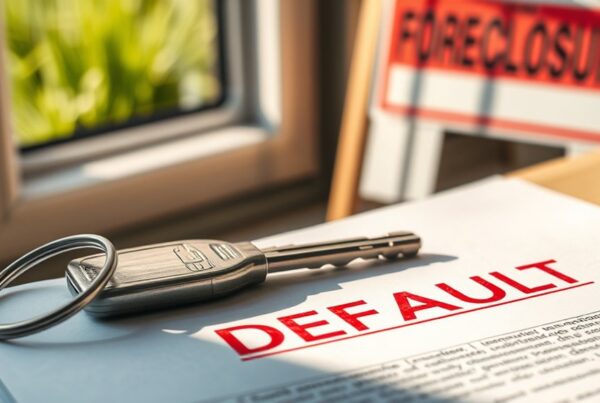When budgeting for reserves and CapEx in real estate, you should plan to allocate 10-15% of your net operating income annually, or 1-2% of the property’s purchase price. For multifamily units, aim for $250-$600 per unit per year, while commercial properties typically reserve 10-15% of NOI. These funds cover major upgrades like HVAC, roofing, and structural improvements, ensuring long-term functionality and value. Staying proactive with how much to budget for reserves and capex allocations can help you avoid costly surprises down the line.
Key Takeaways
- Allocate 10-15% of net operating income (NOI) annually to CapEx reserves for property improvements.
- Set aside 1-2% of the property’s purchase price each year for capital reserves.
- Multifamily properties typically require $250-$600 per unit annually for CapEx reserves.
- Conduct property assessments to estimate replacement costs and align reserves with system useful life.
- Maintain 5-10% of the project budget as contingency funds for unexpected expenses.
Understanding Capital Expenditures in Real Estate
When you’re managing real estate investments, understanding capital expenditures (CapEx) is essential for long-term asset performance and financial health. Capital Expenditures in Real Estate refer to significant investments aimed at acquiring, upgrading, or maintaining physical assets that extend beyond one year. These expenditures, such as HVAC system replacements, new roof installations, or structural renovations, are capitalized on the balance sheet rather than expensed immediately. This approach impacts your financial planning by spreading costs over the asset’s useful life. Real Estate CapEx guarantees your property remains competitive and functional, directly influencing tenant satisfaction and operational efficiency. To maintain physical assets effectively, you’ll typically allocate 10-15% of your property’s net operating income to CapEx reserves. This strategic planning prevents unexpected financial strain and secures funds are available for future improvements. Properly managing these expenditures is critical to sustaining asset value and maximizing returns. Monitoring cash flow ensures that your CapEx reserves are sufficient to cover future expenses without compromising financial stability.
Importance of Capital Expenditures for Property Value
Capital expenditures play a pivotal role in enhancing and preserving a property’s value by addressing long-term asset needs and improving operational efficiency. In real estate, strategic Capital Expenditures in Real Estate, such as replacing an aging HVAC system or installing a new roof, can extend your investment property’s lifespan by 15-20 years. These upgrades prevent costly emergencies and maintain the property’s functionality, directly impacting its marketability and property value. Energy-efficient improvements, like solar panels, can lower utility costs by up to 30%, boosting tenant retention and rental income. Modernizing systems, such as building automation, reduces operational expenses by 25%, while aesthetic enhancements like new windows or exterior paint can increase resale value by 10-15%. Proactive CapEx planning also mitigates risks like uninhabitable property declarations, which can devalue assets by 20-50%. Investing in these upgrades guarantees your property remains competitive and financially viable. Incorporating green building materials can further reduce operational costs by up to 37% and enhance long-term sustainability.
Calculating CapEx Reserves: Key Considerations
Start by conducting a thorough property assessment to evaluate the condition and remaining useful life of critical systems like HVAC and roofing, as this directly informs your CapEx projections. Allocate reserves based on property type and condition, such as 1-2% of the purchase price annually or $250-$500 per unit for multifamily properties, ensuring alignment with long-term needs. Maintain a separate reserve fund account to safeguard liquidity for unexpected expenses while adhering to industry-specific benchmarks like 10-15% of NOI for commercial properties. Track maintenance and repair costs meticulously, as they typically range from 1% to 2% of the property value annually.
Property Assessment Basics
To calculate CapEx reserves effectively, you should begin with a thorough property inspection to evaluate major systems and components, such as roofs, HVAC, and plumbing, that may require future repair or replacement. Assess the remaining useful life of these assets to determine when replacements will be necessary. For example, a roof with a 20-year lifespan and 10 years remaining will require funding within a decade. Next, estimate replacement costs for each major system using current market rates and contractor quotes, ensuring accuracy in your projections. Property age plays a critical role in this process; older properties often have shorter remaining useful lives and higher replacement costs. Additionally, consider potential unexpected expenses like asbestos removal, which can range from $1,200 to $3,100, to ensure comprehensive budgeting. By combining these factors, you’ll establish a data-driven foundation for calculating CapEx reserves tailored to your property’s specific needs.
Reserve Fund Allocation
When budgeting for CapEx reserves, it’s essential to customize allocations based on property type, age, and condition to secure sufficient funding for future repairs and replacements. Property owners set aside 1-2% of the property’s purchase price annually for capital reserves, guaranteeing funds are available for major systems like HVAC, roofing, and plumbing. For multifamily properties, allocate $300-$600 per unit annually, adjusting for age and condition. Commercial properties typically require 10-15% of net operating income (NOI) to be funds set aside for CapEx reserves. Maintain a separate reserve fund account to track and preserve these allocations. By accounting for the remaining useful life of key components, you’ll avoid underfunding and secure your capital reserves align with long-term property needs. Regularly conducting market analyses ensures your reserve allocations remain competitive and aligned with current property values.
Long-Term Planning Strategies
Because long-term planning secures financial stability for property investments, calculating CapEx reserves requires a methodical approach. Allocate 1-2% of the property’s purchase price annually to account for Capital Expenditures in Real Estate, ensuring funds cover major repairs and replacements. Assess the age and condition of critical systems like HVAC and roofing to estimate future needs accurately. Factor in inflation and rising material costs, as these impact long-term CapEx reserve calculations. Leverage historical data from similar properties, especially in Commercial Properties, to benchmark and refine your strategy. Real estate investors should regularly review and adjust CapEx reserves based on performance, market trends, and unexpected expenses. Incorporate sensitivity analysis to test assumptions and ensure your CapEx reserves align with potential market shifts. By adopting these practices, you build CapEx reserves based on realistic projections, safeguarding your assets in the competitive real estate industry.
Industry Standards for CapEx Budgeting

Industry standards for CapEx budgeting provide clear guidelines to secure properties remain well-maintained and financially sustainable. As a real estate investor, you’ll typically allocate 8-10% of gross annual rent for Capital Expenditures in Real Estate, securing funds are available for major system replacements. For multifamily properties, you should budget $300-$600 per unit annually, while single-family rentals often require $1,000-$2,000 per unit yearly. In commercial real estate, reserving 1-2% of the property’s value annually for Real Estate Capital improvements is a common practice. These benchmarks help you avoid unexpected financial strain and maintain long-term property value. Effective Property Management relies on proactive CapEx planning, as deferred maintenance can lead to higher costs. By adhering to these standards, you’ll secure your Budget for CapEx aligns with industry norms, safeguarding your investment and enhancing operational efficiency. Additionally, commercial properties often have lease agreements spanning 3 to 10 years, providing long-term income stability that supports consistent CapEx budgeting.
Managing CapEx Projects Effectively
Allocate 10-15% of your net operating income annually to CapEx projects, ensuring consistent funding for property improvements while maintaining financial stability. Prioritize projects by urgency, ROI, and alignment with long-term goals to maximize property value and operational efficiency. Implement digital control centers and live tracking systems to reduce communication efforts by 50% and monitor progress in real time, ensuring timely and cost-effective execution. Use Google Analytics to track the effectiveness of your marketing campaigns and optimize user engagement on your rental property website.
Budget Allocation Strategies
When planning your CapEx projects, dedicating 10-15% of net operating income annually to reserves guarantees funds are available for future property improvements. Your budget allocation strategies should prioritize capital expenditures based on urgency, ROI, and alignment with long-term property goals. Start by evaluating immediate needs versus deferred maintenance to allocate CapEx reserves effectively. Use separate accounts for these funds to maintain transparency and prevent overspending. Digital control centers can streamline project tracking, reducing communication efforts by up to 50% while preserving financial health. Conduct quarterly reviews to evaluate budget utilization, project progress, and market conditions, confirming your allocations stay ideal. This methodical approach to CapEx planning safeguards your property’s value and supports sustainable financial growth.
Project Execution Tips
Effective project execution in CapEx management requires a structured approach to guarantee timely delivery and cost control. Start by establishing a detailed project timeline with clear milestones to track progress and verify deadlines are met. Use project management software to centralize communication, document sharing, and task assignments, enhancing efficiency. Conduct regular site inspections to monitor quality, adherence to the project budget, and compliance with safety standards. Allocate contingency funds, typically 5-10% of the project budget, to address unexpected costs or scope changes. Engage experienced contractors with proven track records to minimize risks and secure high-quality outcomes. By combining these strategies, you’ll maintain control over the project timeline, manage the project budget effectively, and mitigate potential disruptions, confirming successful CapEx project execution.
Funding Strategies for Capital Expenditures
To guarantee sustainable funding for capital expenditures, diversifying financing options while maintaining adequate reserves is essential. Reserves are funds set aside for capital expenditures (CapEx), securing liquidity for unexpected costs. Allocate 10-15% of net operating income annually to build a robust CapEx reserve fund. For large-scale projects, consider bank loans, life insurance financing, or mezzanine financing, which leverages existing equity. Bridge loans offer short-term solutions for immediate needs, while maintaining 2-6 months of operating costs in reserve secures financial flexibility.
| Financing Option | Purpose | Key Consideration |
|---|---|---|
| Bank Loans | Large-scale projects | Long-term, fixed rates |
| Mezzanine Financing | Additional capital | Leverages existing equity |
| Bridge Loans | Short-term needs | High interest, quick access |
| Reserve Funds | Immediate liquidity | 2-6 months of operating costs |
Proptech Investments as Strategic CapEx
While traditional CapEx focuses on physical upgrades, proptech investments offer a modern, data-driven approach to enhancing property efficiency and value. By integrating building automation and IoT systems, you can optimize energy usage, reduce operational costs, and increase property value. These technologies not only improve tenant satisfaction but also position your Real Estate assets as competitive, future-ready investments. Here’s how proptech transforms Capital allocation:
- Operational Efficiency: Smart building systems can cut operational costs by up to 30% annually, streamlining maintenance and energy management.
- Energy Savings: IoT sensors and automation tools reduce utility expenses by 15-20%, delivering immediate ROI.
- Labor Optimization: Automation reduces property management labor costs by 40%, allowing staff to focus on strategic tasks.
- Value Appreciation: Proptech enhancements boost property value by 5-10%, making them a strategic CapEx choice for long-term growth.
Investing in proptech guarantees your Real Estate portfolio remains efficient, sustainable, and profitable.
Risk Management in CapEx Planning

Managing risks in CapEx planning secures your real estate investments remain financially viable and aligned with long-term goals. Start by identifying potential risks in Capital Expenditures in Real Estate, such as cost overruns or project delays, to mitigate their financial impact. Allocate contingency reserves, typically 5-10% of your Budget, to address unforeseen issues. This guarantees you’re prepared for unexpected Expenditures in Real Estate without derailing your financial plan. Regularly monitor project progress and Budget utilization to detect deviations early, allowing you to implement corrective actions promptly. Confirm adequate insurance coverage for capital projects to protect against liabilities, property damage, or construction risks. Establish clear governance and approval processes for what Qualifies as a Capital expenditure to prevent overspending and maintain alignment with strategic goals. By integrating these risk management practices, you safeguard your investments and enhance the sustainability of your real estate portfolio.
Budget for Reserves and CapEx Based on Property Performance
As property performance fluctuates, you’ll need to adjust reserve and CapEx budgets to maintain financial stability and optimize returns. Regularly review income and expense reports to identify trends and reallocate funds accordingly. If new expenses, like unexpected repairs, exceed projections, increase reserve contributions to prevent cash flow disruptions. Conversely, if recent upgrades reduce long-term maintenance needs, decrease reserve allocations to free up capital. Monitor rental performance metrics, such as tenant turnover rates and lease renewals, to guarantee reserve adjustments enhance property appeal. Reallocate budgets when specific CapEx projects yield higher-than-expected returns, maximizing your real estate investing potential. Here’s how to approach these adjustments:
- Analyze operating expenses to determine if current reserves adequately cover recurring costs.
- Assess rental income trends to identify areas where reserve increases or decreases are justified.
- Evaluate CapEx ROI to reallocate funds toward high-impact projects.
- Review tenant satisfaction metrics to confirm reserve spending improves property value and tenant retention.
Frequently Asked Questions
How Much Should You Budget for Capex?
You should allocate 8-10% of gross annual rent for capex planning, ensuring reserve allocation covers 10-20 years of major system replacements. Use budget forecasting to manage expenses and align your financial strategy with property needs.
What Is the Capital Reserve Budget in Real Estate?
Forget emergencies and sleep soundly; your capital reserve budget’s your financial safety net. Allocate 8-10% of gross rent for reserve allocation, focusing on fund management, contingency planning, and risk mitigation for aging systems like roofs and HVAC.
How Much Is Capex for Real Estate?
For capex estimation, allocate 8-10% of gross annual rent for property maintenance and renovation costs. Plan around $960-$1,200 annually on a $1,000/month property. Factor in expense forecasting for HVAC ($4,000-$8,000) and roofs ($8,000-$15,000) in investment planning.
What Is the Percentage of Capex in Budget?
How do you guarantee your budget planning remains robust? CapEx allocation typically falls between 8-10% of gross annual rent, a critical component of expense forecasting and financial strategy, anchoring your investment analysis for sustained property performance.
Conclusion
When budgeting for reserves and CapEx in real estate, think of your property as a living organism—its health depends on steady investments. Allocate 10–15% of gross income to reserves, while CapEx should reflect 1–3% of property value annually. Analyze aging systems, occupancy rates, and market trends to adjust budgets. Prioritize data-driven decisions, ensuring liquidity for unexpected repairs. Strategic funding keeps your asset thriving, preventing erosion of value like a well-tended garden.




